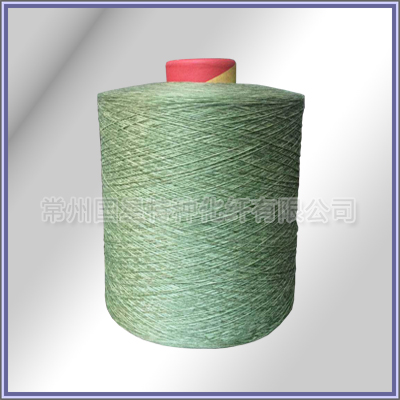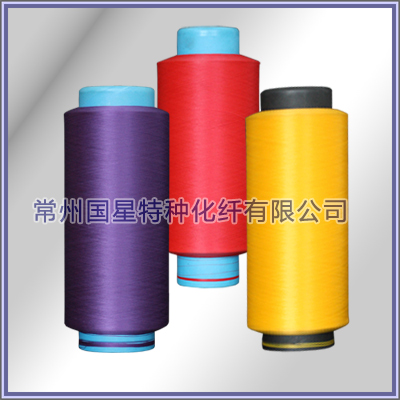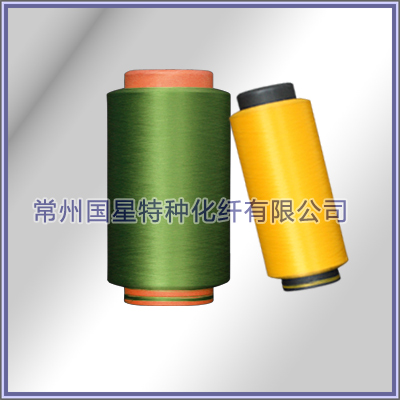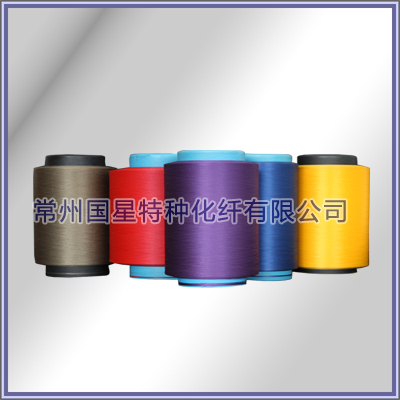The United States postpones tariffs on some clothing, shoes and hats
On the evening of August 13, Liu Heying, member of the Political Bureau of the CPC Central Committee, Vice Premier of the State Council, and Chinese leader of the China-US Comprehensive Economic Dialogue, spoke to US Trade Representative Wright Heze and Finance Minister Mnuchin. The Chinese side has made solemn representations on the issue of tariffs on Chinese exports to the United States on September 1. The two parties agreed to call again in the next two weeks.
At the same time, the US Trade Representative Office said that it will delay the 10% tariff on computers, video game consoles, some toys, computer monitors and some footwear and apparel products that were scheduled to be exported to China from September 1st until December 15th. day.
Which of the US exports were postponed to increase taxes?
List of tariffed products that came into force on September 1, 2019
List 4A �C Effective September 1, 2019
List of tariffed products that came into force on December 15, 2019
List 4B �C Effective December 15, 2019
The US Trade Representative Office (USTR) said in this statement that tariffs on some products will be postponed until December 15, including "computers, video game consoles, certain toys, computer monitors, and certain footwear and apparel." product".
It is understood that on August 14, 2019, USTR issued the adjustment of the fourth batch of 300 billion US dollars tax collection list, which is divided into three parts: about 1% of goods are excluded due to medical and safety reasons.
Delayed the taxation date of 59% of products such as mobile phones, laptops, game consoles, some toys, computer monitors, some clothes and shoes, and so on until December 15th. The remaining 40% of the goods are still taxed on September 1. day.
According to Everbright Securities, for major commodities (US imports from China over US$2 billion), there are relatively few non-knitted or non-crocheted garments and accessories, optical instruments and equipment, knitting or crocheting. Clothing and accessories.
Sino-US trade friction has not yet fundamentally improved
CITIC Securities pointed out that some commodities are suspended for tariffs. The reason given by the United States is to consider the negative impact of some commodity tax increases on national security and residents' health, but the main reason is that the United States relies heavily on China. It has a negative impact on American consumers.
The analysis believes that the suspension of tariffs on some commodities is ��better than�� market expectations, but it is not a fundamental improvement in Sino-US trade friction. First of all, in the medium term, the US has few cards in the trade field. Secondly, the increase in the marginal cost of the United States is obvious, and the trade conflict will not be out of control. The goods that are suspended this time are mostly those that the United States relies heavily on China's supply or are mainly processed by US multinational companies in China. However, this tax increase list and rhythm adjustment are the active adjustments of the US based on their own ability to withstand. This is not a fundamental improvement in the current Sino-US trade friction.
Extended reading
Brands and retailers look at the prospects of the US apparel industry for the next five years
The mainstream status of Chinese suppliers is difficult to shake
Recently, the American Fashion Industry Association released the "2019 American Fashion Industry Benchmarking Report", which surveyed the latest strategies of American apparel brands and retailers in purchasing and operating. The report shows that in the context of escalating trade tensions and increasing uncertainty in the US and the world economy, American fashion companies' expectations for the future development of the US apparel industry in the next five years are conservative compared to a year ago.
According to a survey of respondents, the number of companies with ��optimistic�� or ��relatively optimistic�� attitudes has dropped from 84% in 2018 to 64% this year. At the same time, 25% of the companies surveyed are ��neutral�� towards the next five years, and the proportion has jumped sharply from 4% in 2018 to 25%.
Asia remains the most important source of procurement
At present, the ��China + Vietnam + Other Countries�� strategy is still the most popular procurement model in terms of the source of imports of product purchases. However, the specific procurement ratio is constantly changing. At the same time, American fashion companies continue to adjust their purchasing and purchasing categories. In 2019, the fashion companies interviewed were procured from 48 countries or regions. Among them, China (100% procurement rate), Vietnam (86% procurement rate) and India (86% procurement rate) ranked in the top three. The whole of Asia remains the main source of procurement for the United States. However, China no longer enjoys the status of the only largest supplier of American fashion companies. About 25% of companies said that their purchases from Vietnam will exceed China in 2019, which is a new trend worthy of attention.
In the survey, most companies indicated that they will continue to maintain a relatively diversified source of procurement. In 2019, 57.1% of companies purchased in more than 10 different countries or regions. 82.9% of companies indicated that they plan to keep the number of sources of purchase unchanged or increase in the next two years. However, due to the business needs of different companies, there is a polarized development in increasing or decreasing the number of supplier partners. 42.9% of companies plan to increase the number of supplier partners, and 51.4% plan to reduce the number of suppliers.
Purchasing costs in alternative countries are on the rise
The ��301 investigation�� initiated by the United States against China has widely affected the purchasing strategies of American fashion companies. These companies are deeply worried about the tension between the US-China trade and the negative impact on its business. Due to the trade transfer effect, American fashion companies are accelerating the reduction of purchases from China. About 83% of companies expect to reduce their purchases from China in the next two years, up from 67% in 2018.
The ��301 Survey�� pushed up the price of US clothing imports and made ��increasing production and procurement costs�� the top challenge for US buyers in 2019. As many as 63% of companies have clearly stated that the US ��301 Survey�� imposed tariffs on China ��increased the company's procurement costs in 2019��. As the company moved its purchases to alternative countries such as Bangladesh, Vietnam and India, the average US import price of clothing from these countries rose by more than 20% year-on-year in May 2019.
There are indications that the ��301 Survey�� has not only brought significant benefits to the United States from Western Hemisphere and local procurement, but has increased the production costs of ��Made in the USA�� textiles and apparel. If Sino-US trade frictions continue to escalate, US companies may have to raise retail prices.
The mainstream status of Chinese suppliers is difficult to shake
The survey also shows that although Sino-US economic and trade frictions continue, China will remain the most important textile and apparel supplier in the United States for the foreseeable future. While 83% of companies expect to reduce their purchases from China in the next two years, only 6.7% of companies expect to significantly reduce their purchases from China. In terms of the wide range of textile and apparel products that can be produced, China has almost no competitors with similar strength.
Considering factors such as market reaction speed, procurement cost, flexibility and agility, and compliance risk, China is also one of the few ��balanced�� sources of procurement that US companies can choose. About 50% of respondents said that their cooperating Chinese suppliers are keeping orders at a lower price to cope with the tight trade situation.
As US companies plan to reduce their purchases from China, the importance of Vietnam and Bangladesh as US apparel suppliers has increased. This year, Vietnam is still the second source of procurement for companies surveyed, and 86% of companies are sourcing from Vietnam. However, only about 7% of respondents plan to significantly increase their apparel purchases in Vietnam over the next two years, reflecting the company's concerns about Vietnam's limited capacity and rising procurement costs. In addition, Bangladesh is the sixth source of procurement, and the procurement rate of the companies surveyed is 60%. In the next two years, 80% of companies expressed interest in increasing purchases from the country, a record high. Despite the price advantage, respondents still believe that Bangladesh is less competitive in terms of market response speed, flexibility and agility, and compliance risk.

 +86-519-86266888
+86-519-86266888 gxhx888@126.com
gxhx888@126.com



